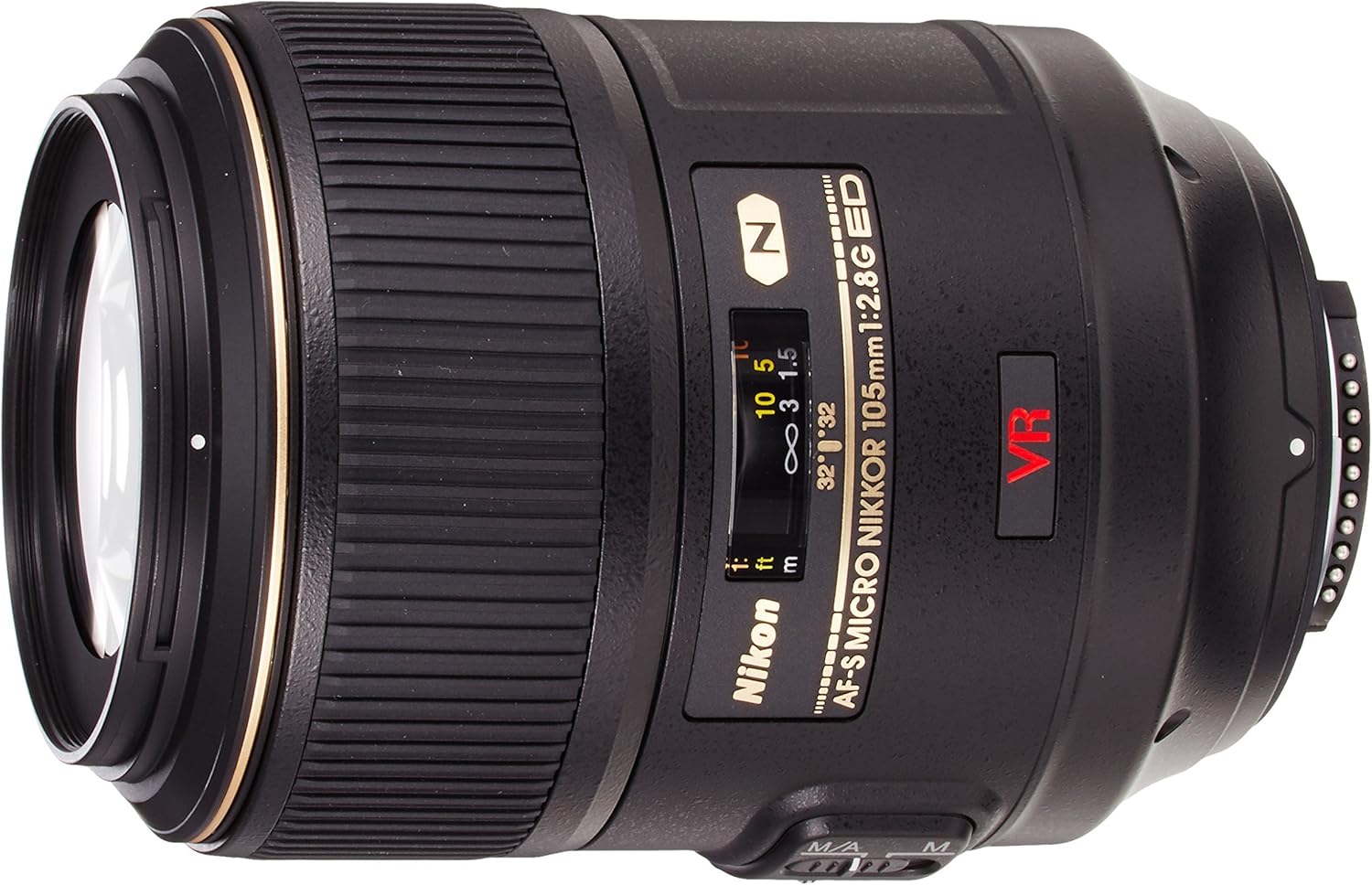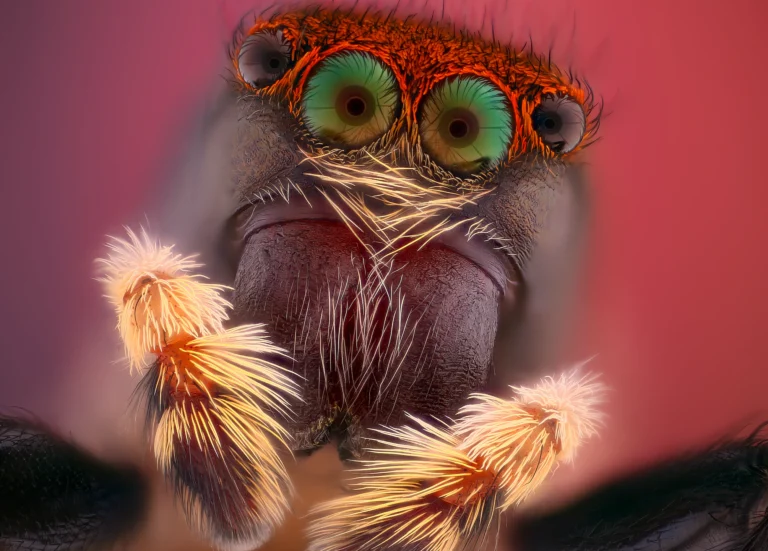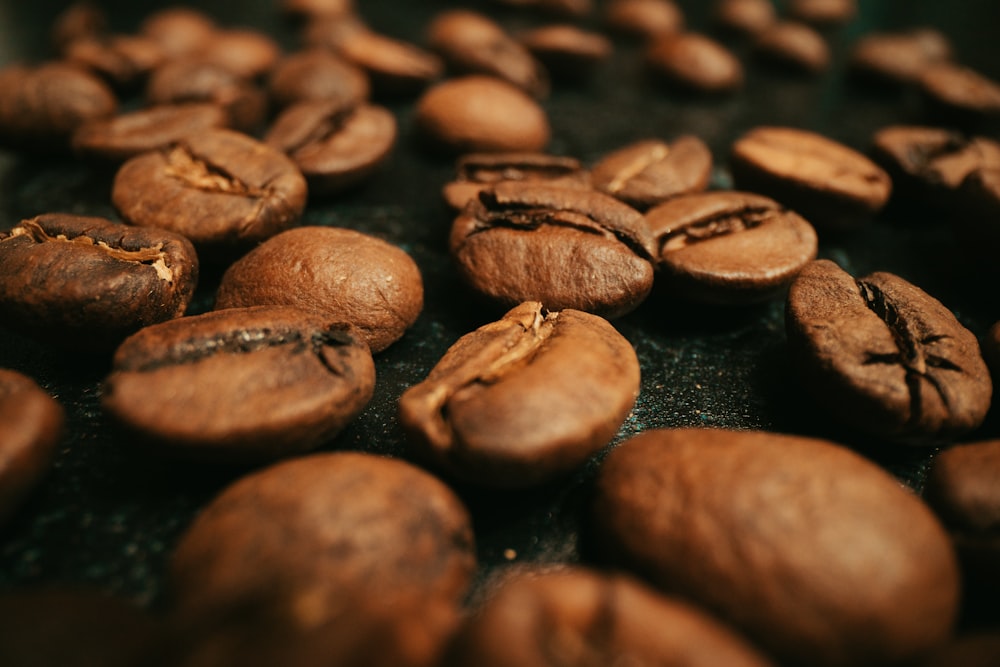As photographers, we know the importance of having the right lens for the job. The lens you choose can make or break the image when it comes to close-up photography. But with so many options on the market, it can be difficult to know which lens is most relevant for you.
That’s where we come in. We tested and reviewed six of the best lenses for close-up (sometimes referred to as macro photography) photography and are sharing our insights with you. From macro lenses to dedicated close-up lenses, we’ll cover what each lens has to offer, where it excels, and any potential drawbacks.
What is Macro Photography?
Macro photography is a genre of photography that involves capturing small objects to make them appear life-sized or larger in the photo. This type of photography is usually used to shoot subjects such as insects, plants, or other small objects that we often overlook in our day-to-day lives.
The magic of macro photography lies in its ability to reveal the intricate details of these tiny subjects, providing a new perspective and a closer look at their beauty. The primary use of macro photography is in nature, but it’s also widely used in other fields such as medicine, forensics, food & drink and even advertising, where close-up detail of a product is needed.
To engage in macro photography, a dedicated macro lens, capable of achieving at least a 1:1 magnification, is often used. This allows the lens to focus closely enough to capture tiny details with precision.
So let’s dive in and look at the best lenses for close-up photography. Pls note we have selected our favorite six from many choices out there so you don’t have to do any homework!
Best Lens for Close-Up Photography – Our Review
Canon MP-E 65mm f/2.8 1-5X lens – Our Top Pick

The Canon MP-E 65mm f/2.8 1-5X lens is a must-have for any serious macro photographer and the team at Photography Revision loves this lens. This lens offers unique 1-5X magnification, allowing you to capture life-sized or larger-than-life images of minuscule subjects.
This lens is manual focus only, so you’ll need patience and a steady hand to get the best results. It is a little on the expensive side, but if you plan to make a living shooting very small objects, the Canon MP-E 65mm f/2.8 1-5X lens is an investment worth its weight in gold.
This is a beast of a lens that offers impressive image quality across its 1-5X range and has a robust construction. If you’re looking for a quality lens capable of capturing small objects from unique and creative angles, the Canon MP-E 65mm f/2.8 1-5X lens is the perfect choice.
Sony FE 90mm f/2.8 Macro G OSS – Best Sony

The Sony FE 90mm f/2.8 Macro G OSS is a great lens choice for a variety of shooting purposes. From macro photography to portraits or even product photography, this lens will give you beautiful results no matter what the subject matter is.
This lens is well-built and feels solid yet comfortable in your hand. The metal barrel has a nice weight to it that is both sturdy and rugged. The knurled focus ring is smooth and easy to grip, allowing you to quickly grab and hold sharp focus. With a minimum focus distance of 0.28m (11 in) and a 90mm focal length, this lens can really bring small objects to life with stunning detail and clarity. What’s more, it produces sharp, amazing results even when used with a medium telephoto lens wide open.
The only downside I can think of is the price being at the top end however, the performance of the lens justifies its cost in our opinion. If you are serious about Macro Photography this is worth a consideration.
Tamron SP 90mm f/2.8 Di VC USD Macro – Best Third Party

The Tamron SP 90mm f/2.8 Di VC USD Macro is an excellent third-party alternative to branded lenses. With its optical design comprised of 14 elements in 11 groups (two of which are extra-low dispersion, and one low-dispersion glass element), it can deliver sharp images with very high levels of contrast. I admit I was a little skeptical about this model before I tried it but my opinion has completely changed since trying it.
Tamron has done a great job with the build quality of the SP 90mm f/2.8 Macro, which feels like a pro-grade lens. Thanks to the Ultrasonic Silent Drive (USD) autofocus motor, the Tamron SP 90mm f/2.8 Macro can focus quickly and silently. It is minutely larger (4.61″/117.1mm vs. 4.51″/114.5mm) and heavier (610g vs. 550g) than the previous lens and is 2.5mm thicker.
It features three switches on the side of the barrel: a 3-position focus limiter, an AF/MF switch (though full-time manual override is available), and an On/Off switch for the VC, offering better stability at all focus distances compared to the previous model, including macro. One final plus point is the ability to customize the stabilization behavior to your unique needs through the Tap-in Console.
Image quality is already excellent and the overall contrast of the images has improved from the previous model. The bokeh also seems quite good overall. Third-party AF is completely competitive here, making this lens an excellent choice for photographers seeking a high-performing telephoto lens without breaking the bank.
Sigma 70mm f/2.8 DG Macro Art

The Sigma 70mm f/2.8 DG Macro Art lens is an exceptional lens at a reasonable price in my view. I think this lens gets overlooked by other better known brands and models. What makes this lens unusual for a 2018 release is what is missing from it, namely an internally focusing design and a lack of OS (an optical stabilizer).
This is also the first ART series lens (for DSLRs) to not have Sigma’s HSM focus motor (HyperSonic Motor) – a ring-type focus motor. The build quality is impressive and matches every other Sigma Art Line lens that’s been tested. Despite the lack of features, it’s not a large lens, so it still can be discreet and easy to manage (or carry around all day), making it a great choice for professionals and amateurs alike.
In terms of performance, the 70mm f2.8 DG Macro Art lens is incredibly sharp with excellent center sharpness at f2.8, and the corners perform equally as well. Bokeh is good for a lens of this type, particularly when you get close to your chosen subject. All in all, the Sigma 70mm f/2.8 DG Macro Art lens is a great choice, if you’re not using a lens for work and need a well-priced lens with a sharp focus then this is the lens for you.
Nikon 105mm f/2.8 G AF-@ VR IF-ED

The Nikon 105mm f/2.8 G AF-@ VR IF-ED lens is the ideal choice for photographers looking for a fast, sharp, and versatile lens. With its nice fast f/2.8 aperture, this lens is great for low light conditions and creates a beautiful depth of field.
It features 1:1 magnification at a minimum focus distance of 12 inches, allowing for perfect shot composition. The Bokeh on this lens is lovely, with great creamy bokeh that shines through in flower and portrait photography that I tried it on.
This lens is also incredibly sharp, but at the macro range does takes some getting used to. The lens itself is large and heavy, making it ideal for full-frame cameras but likely to be a bit unwieldy on smaller SLRs. It is also built to withstand the pressures of professional use and its construction and design will provide you with the most value for your money. So if you’re looking for a versatile, fast, and reliable lens for your camera, the Nikon 105mm f/2.8 G AF-@ VR IF-ED is the perfect choice.
Nikon AF-S Micro-Nikkor 60mm f/2.8G ED

The Nikon AF-S Micro-Nikkor 60mm f/2.8G ED is an older lens, but still a great choice if you’re looking for a versatile and sharp lens for macro, portrait, and landscape photography. It features a high-quality optical system consisting of 12 lenses in 9 groups which gives you excellent image performance in all situations.
With a focal length closer to a “nifty-fifty”, this lens is useful for a wide range of photography applications–making it equally great for smaller APS-C cameras, where it would turn into a medium telephoto lens. Images come out fantastically sharp with a nice, creamy bokeh and virtually no distortion at any aperture.
Other features include fast autofocus, a strong yet lightweight build, and good performance at f/32 (though not as sharp as f/22 and wider). The absence of image stabilization and vignetting while wide open are the only downsides of this lens I can find.
All in all, this is a great performing lens. I found it had perfect color, no fringing or other chromatic aberrations, and no distortion whatsoever. It’s still a buy after all this time and at a reasonable price also.
When Would I need to use a Close-Up lens?
Close-up lenses are primarily used in macro photography – capturing minute details of small subjects such as insects, flowers, or intricate patterns – and portrait photography, where the aim is to highlight the subject’s features or expressions. If you don’t use the correct lens, especially in macro photography, you may encounter challenges with image sharpness and resolution, and you might not be able to achieve the desired depth of field. The incorrect lens could also lead to distortion, unwanted blurring, or an inability to focus closely on the subject.
Close-up lenses are effective because they allow photographers to fill the frame with the subject, revealing details that might be invisible to the naked eye. They typically feature a high degree of sharpness and contrast and a wide aperture for creative control over depth of field. The dedicated design of these lenses ensures optimized image performance for close-up photographs. Using the appropriate lens for the type of photography you’re involved in is crucial to capturing your vision accurately and professionally.
Do I Really Need a Close Up Lens?
It depends. For professionals doing product or food photography, a close-up lens can be a crucial part of the toolkit. However, if your photography primarily focuses on larger subjects or landscapes, a close-up lens might not be a necessary investment.
What To Look For in a Close-Up Lens?
When choosing a close-range lens, several factors should be taken into consideration:
- Aperture: The aperture of the camera lens determines the amount of light that the lens can gather. Lenses with a wide aperture (represented by a smaller f-number) are ideal for low light conditions and can create a shallow depth of field effect.
- Autofocus: A lens with a fast and reliable autofocus system will allow you to quickly focus on your subject, which is especially important when capturing small, detailed subjects or fast-moving objects.
- Price: The cost of the lens is a crucial factor to consider. While higher-end lenses generally offer better quality and features, there are also affordable lenses available that provide good performance for their price as we have detailed above.
- Image Stabilization: This feature helps to minimize camera shake, making it easier to take sharp, clear photos. This is especially useful when shooting at a slower shutter speed or when using the lens handheld.
- Focal Length: The focal length of the lens affects the working distance between the camera and the subject. A longer focal length allows you to photograph your subject from a greater distance, which can be useful when photographing small animals or insects.
- Lens Coatings: High-quality lenses are often coated with special materials designed to minimize lens flare and ghosting, improve color accuracy, and reduce reflections. These coatings can significantly enhance the quality of your photos, particularly in challenging lighting conditions.
- Lens Construction: The number of elements and groups in a lens, as well as the presence of special elements like aspherical or low-dispersion elements, can impact image quality. A well-constructed lens minimizes aberrations and distortions, delivering clearer and sharper images.
Frequently Asked Questions:
What do the numbers mean on macro lenses?
The numbers on macro lenses represent the magnification ratio. For example, a lens with a 1:1 ratio means the image being captured is the same size as the object in real life.
What is depth of field?
Depth of field refers to the area of an image that is in sharp focus. A shallow depth of field means that only a small portion of the image is in sharp focus, while a deep depth of field means more of the image is in focus.
Can I use extension tubes instead of a dedicated macro lens?
Extension tubes can be used to achieve greater magnification when shooting close-up photos. However, they may not provide the same level of image quality as a dedicated macro lens.
What’s the difference between a macro lens and a zoom lens?
A macro lens is designed for photographing small subjects at very close distances and is often used for close-up, intricate details. It offers a 1:1 magnification ratio, meaning the subject can be captured at its actual size. On the other hand, a zoom lens provides a range of focal lengths, allowing you to adjust the lens to get closer or further away from the subject without physically moving.
Final Thoughts:
Close-up photography requires a specific lens to capture the best images. Macro lenses and dedicated close-up lenses will provide the sharpest images, while telephoto lenses can be useful for photographing small animals.
I have tried to provide several choices in the list above, from different brands to different price points. One really needs to do their own research on what is needed, a professional food photographer will need something very different from an amateur wildlife photographer who needs something for the occasional weekend.
Consider your budget and specific needs to choose the best option for you, and remember to consider factors such as image stabilization and aperture when making your decision. With the right lens, you can create stunning close-up shots that show the world in a new and beautiful way. Let us know how you get on.




